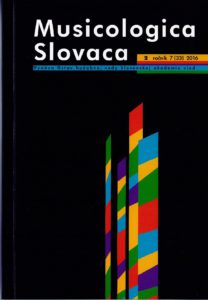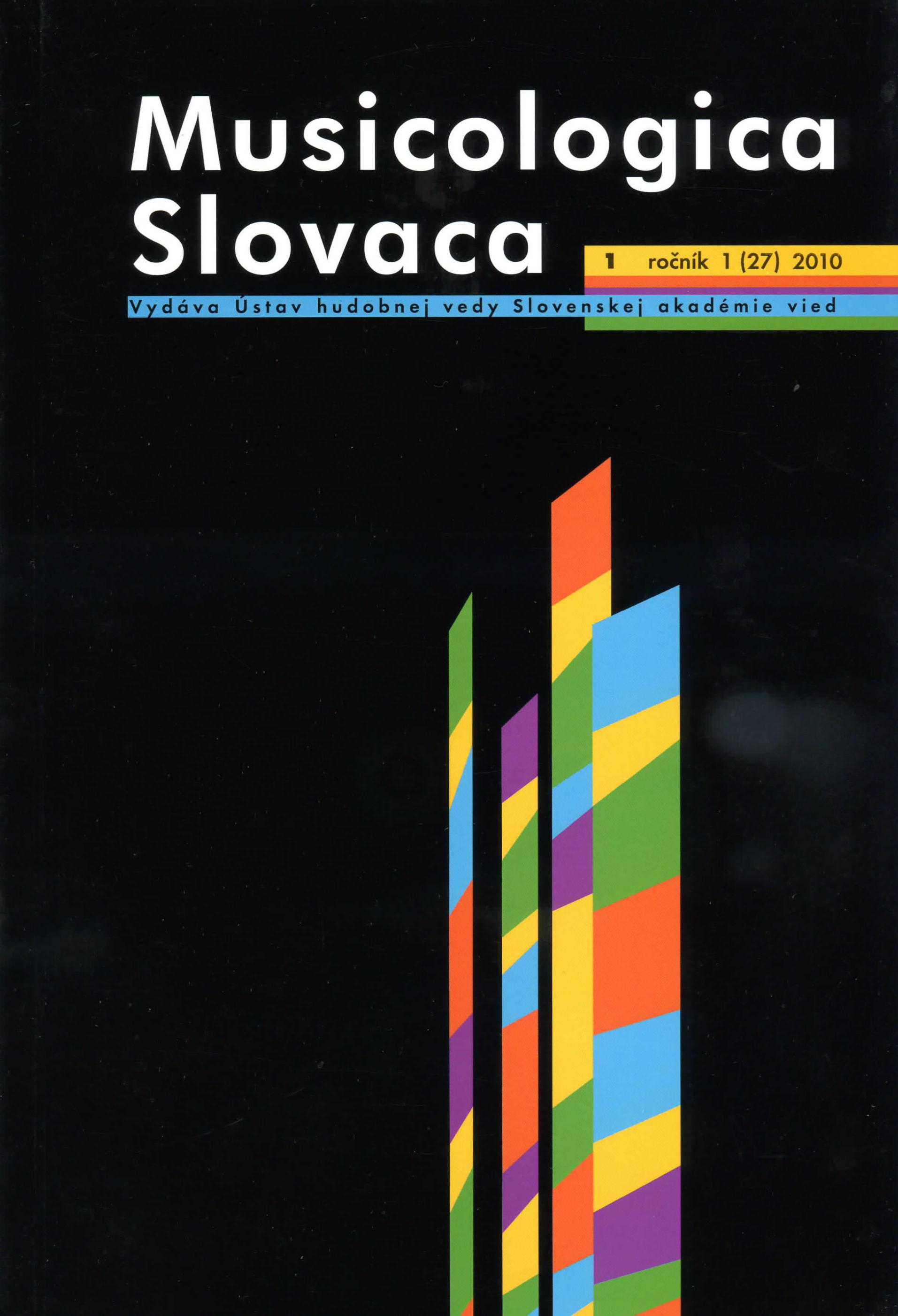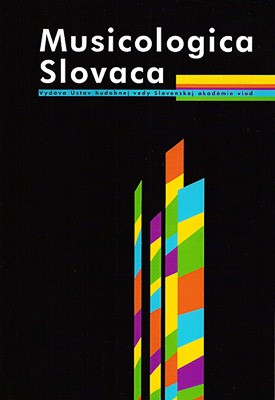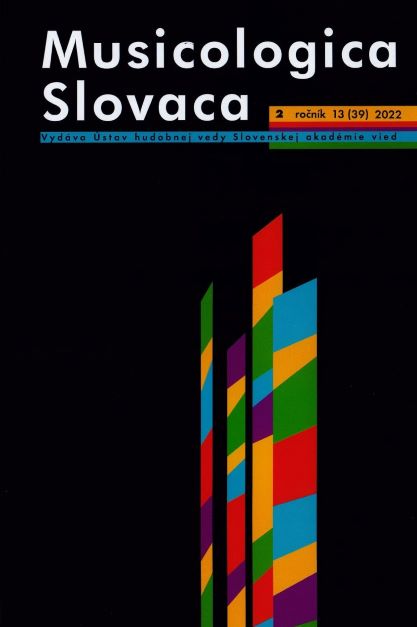
Slovenské ľudové piesne v klavírnych úpravách Vladimira Rebikova
This article is devoted to researching and characterising the arrangements (especially in the area of harmony) of the Slovak folk songs which were selected and compositionally processed for vocal and piano by the Russian composer Vladimir Rebikov (1866 – 1920) at the turn of the 20th century. The set of 25 song arrangements confirms that the composer accomplished his creative processing on the lines of his own artistic principles. What this involved was an extension and embellishment of the harmonic course, which despite its modernity remained within the bounds of the tonal or modal thinking typical for extended tonality and for a modality tending towards musical impressionism. The usual connection of the content of songs to the major key in positively attuned songs, with minor solutions where the contents have a negative or sorrowful sound, is purposefully used in Rebikov’s arrangements. Also typical of the harmonic plan is a cadence progression, with a predominance of sevenths, or modal and unfinished harmonic solutions where they reinforce the significance of the text of the songs.
More...


